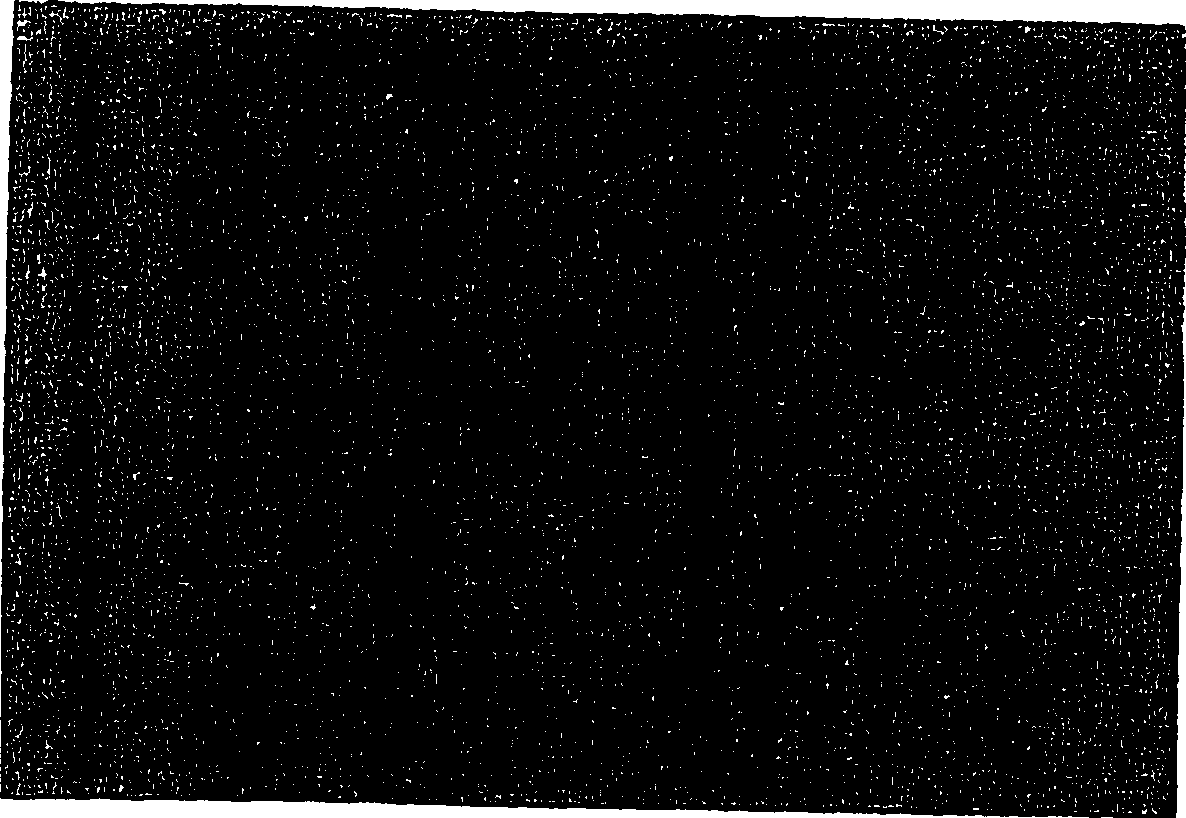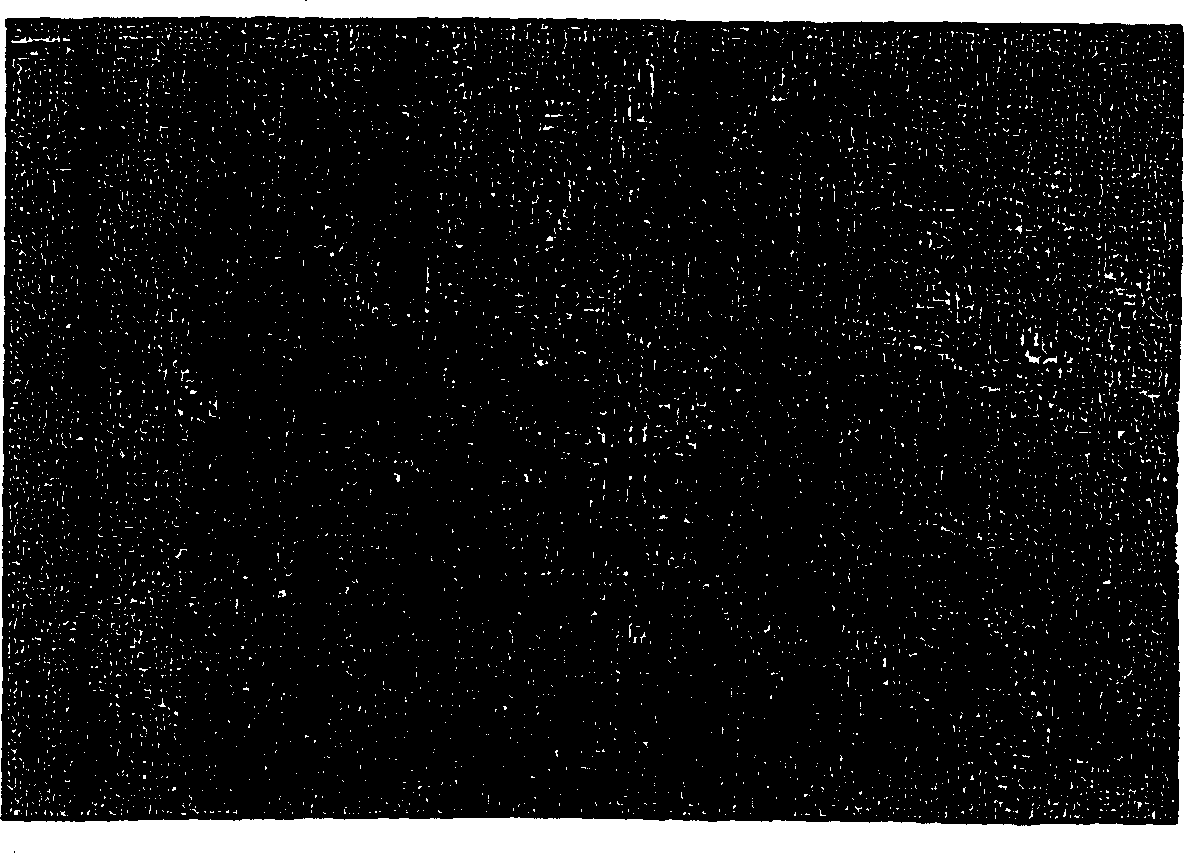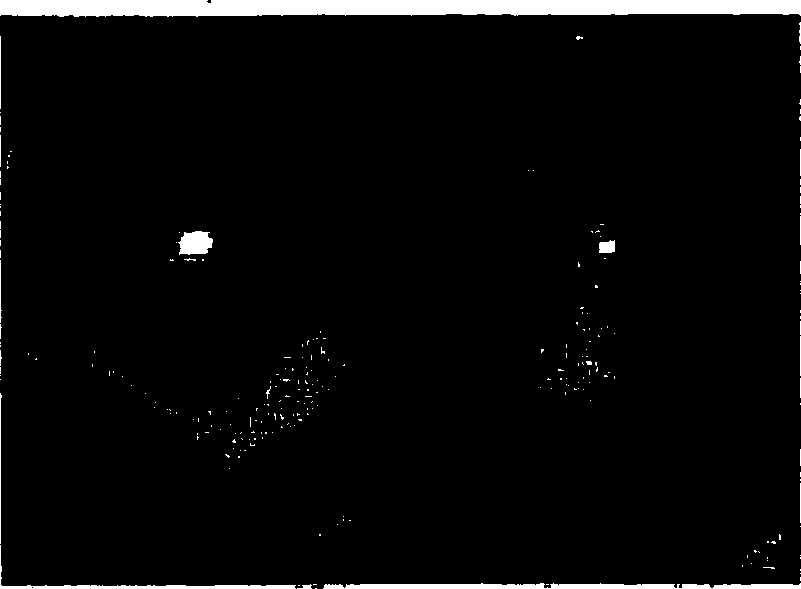Reversibly immortalised olfactory ensheathing glia and their use to promote neuronal regenaration
An immortalized and reversible technology applied in the field of neuron regeneration
- Summary
- Abstract
- Description
- Claims
- Application Information
AI Technical Summary
Problems solved by technology
Method used
Image
Examples
Embodiment 1
[0075] Reverse Immortalization of Human Primary OEG Cells Using the Cre / Lox System
[0076] In the protocol described in this example, human OEG cells were immortalized using a recombinant lentivirus containing the gene encoding SV40Tag flanked by Loxp sites. Cells were characterized before and after treatment with a recombinant adenovirus capable of delivering the gene encoding the Cre recombinase to determine whether this approach would result in a clinically useful OEG cell line for transplantation.
[0077] Human cells are obtained from post-mortem adult donor human tissue. The tissues belonged to male and female donors from bromospheres; the outer layer was dissociated and digested with 0.1% trypsin. The age of the donor appears to have no limit to the success of the culture. Tissues were washed with sterile phosphate buffered saline (PBS) solution containing antibiotics (penicillin / streptomycin) and antimycotics (Primocin). The tissue was then subjected to controlled ...
Embodiment 2
[0085] Analysis of axon regeneration in the adult retina
[0086] Promotion of axonal regeneration from adult rat retinal ganglion neurons (RGN) was used as a standard method to measure regenerative capacity in cell culture. This approach more closely reflects the in vivo repair performance of OEG cells than other neuritogenic assays.
[0087] Briefly, the method used was as follows: retinas were dissected from P60 rat eyes, dissociated with 0.1% trypsin and digested. Digestion was stopped with soybean trypsin inhibitor at 2 mg / ml and a fine suspension of cells was obtained by passing the digested material through a reduced diameter Pasteur pipette. Cells were centrifuged and resuspended in defined medium (Moreno-Flores et al., 2003). RGN were plated on glial cell monolayers: primary OEG or in established cell lines.
[0088]For immunohistochemical analysis, after seven days of culture, neuron-human OEG cell mixed cultures were fixed with 4% paraformaldehyde. Figure 4 show...
PUM
 Login to View More
Login to View More Abstract
Description
Claims
Application Information
 Login to View More
Login to View More - R&D
- Intellectual Property
- Life Sciences
- Materials
- Tech Scout
- Unparalleled Data Quality
- Higher Quality Content
- 60% Fewer Hallucinations
Browse by: Latest US Patents, China's latest patents, Technical Efficacy Thesaurus, Application Domain, Technology Topic, Popular Technical Reports.
© 2025 PatSnap. All rights reserved.Legal|Privacy policy|Modern Slavery Act Transparency Statement|Sitemap|About US| Contact US: help@patsnap.com



